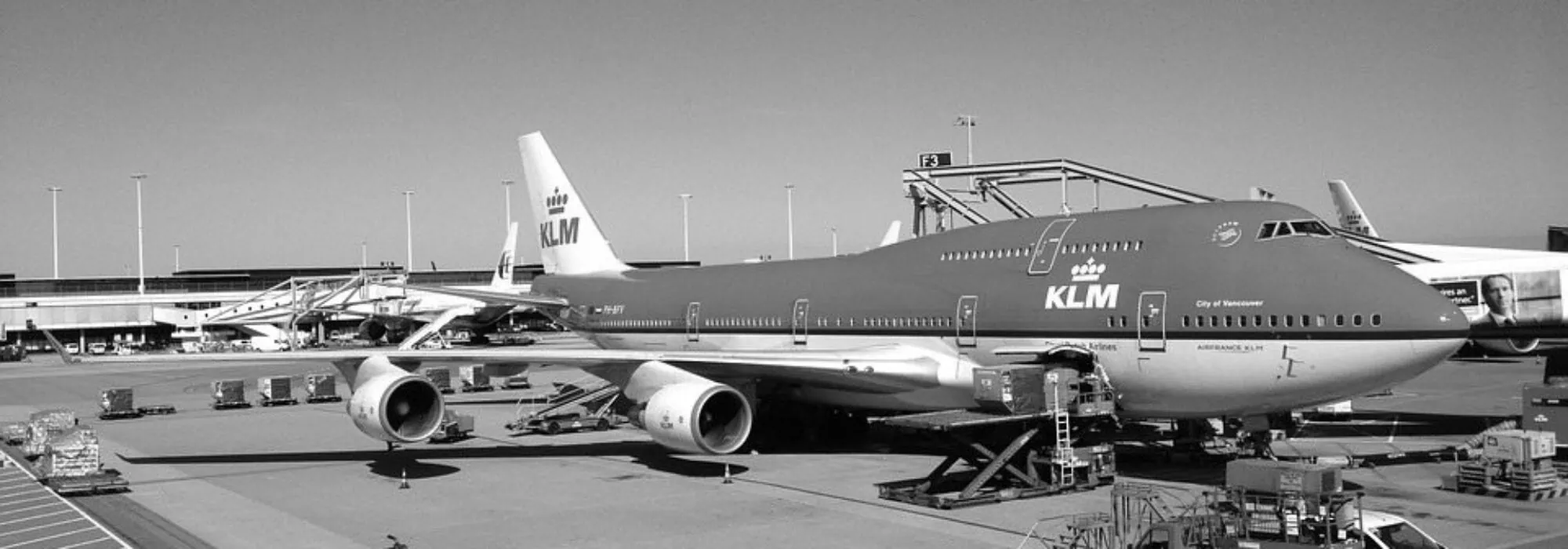
The number of passengers increases rapidly at Amsterdam Airport Schiphol. To keep up with this growth, the airport invests 36 million euro in a temporary departure hall. Low cost carriers, such as Ryanair and Easyjet, are largely responsible for this growth.
Does the growth of low cost carriers cause more competition between airlines? As part of their strategy, these carriers sometimes choose not to fly from big, expensive airports, but fly between smaller, secondary airports. A good example is the connection between Paris and Barcelona, where Ryanair serves a route from Paris Beauvais to Barcelona Girona. Both airports are located some 100 kilometers from the respective city centers.
To monitor competition, regulators need a clear picture of the relevant market. Does the Ryanair flight described above compete with an Air France flight between Paris-Charles de Gaulle and Barcelona-El Prat, and if so, to what extent? Most existing studies focus on the level of cities or maintain a certain distance or travel time to airports to define “the market”.
In a recently published paper, Mark Lijesen and Christiaan Behrens show that the relevant market can be determined without drawing arbitrary boundaries. The central idea behind their analysis is that companies react to each other if they operate in the same market. The stronger the reactions between two routes, the more competitive these routes are.
Using an empirical model based on economic game theory, the authors analyze all flights performed during the period 2004-2010 between the UK and several European countries, including the Netherlands, Belgium, France and Germany. They show that airlines respond to decisions of other companies on different, but nearby, routes. In the study, high-speed trains are also included as potential competitors. Low cost carriers show the strongest response to changing demand on other routes.
The model results can easily be translated into a measure of competition. This measure is similar in interpretation to the often used Herfindahl-Hirschman Index of market concentration. The HHI index, however, does not correct for competition between routes and therefore gives a distorted picture of the actual competition in the aviation market. The study gives regulators the possibility to define the relevant geographic market and thus to better assess strategic interaction between airlines.
Mark Lijesen
Christiaan Behrens
April, 2017